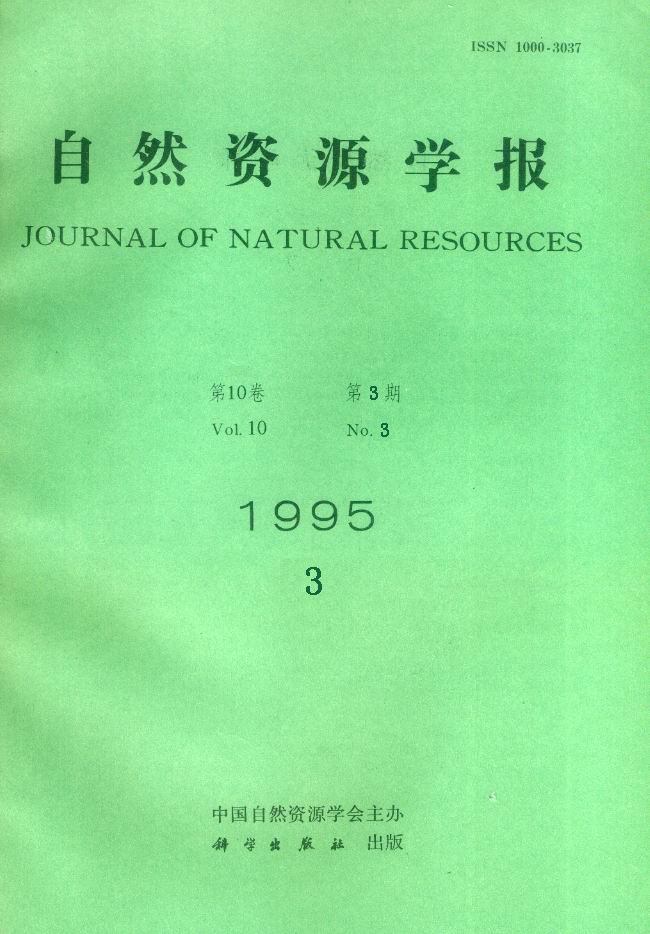Special Column:Celebration of the 70th Anniversary of IGSNRR, CAS
Shi Peijun
China, a country with a vast territory and a huge population, has been plagued by nearly all kinds of natural disasters except volcanic eruption. In a certain sense, therefore, the history of the Chinese Nation is a history of combating natural disasters. In the course of history,China has created many great water conservancy engineering projects of very long standing ,such as the Dujiangyan Water Diversion and Irrigation Project of Sichuan Province and the Sea Dike of Zhejiang Province, and. has accumulated rich experiences in disaster reduction.On the basis of natural disaster information of the China National Committee for the IDNDR and the researches in regional natural disasters of China supported by the National Natural Sciences Foundation of China, this paper mainly analyses the natural disasters,construction works for disaster reduction and sustainable development of China, the conclusions are as follows :a. The main features of natural hazards in China are great variety, high frequency and serious damage. As a country with vast territory and complex climatic and geographical conditions, China suffers mainly from such kinds of natural hazards as drought, flood,typhoon, earthquake, hail, cold spell, snow storm, forest fire, plant disease and insect pest ,landslide , cave breakdown, mud-rock flow , sandstorm, storm surge, sea wave, sea-ice, red tide, etc. Among these , drought , flood. typhoon and earthquake are most destructive. Since 1949 when the People's Republic of China was founded, on an average, drought has occurred 7. 5 times each year , flood 5. 8 times, typhoon (including tropical storm ) 6. 9 times , and cold spell 2. 5 times. They are all relatively high in frequency. In addition, China has suffered more than 50 earthquakes of force 7 or greater magnitude on Richter's Scale ,including three force 8 magnitude earthquakes. Natural disasters usually cause heavy losses of life and property in China and have become important factors hampering the sustainable development of China's economy. In the last 5 years,the direct economic losses caused by natural hazard were: 1989, 52. 5 billion yuan ; 1990 , 61 . 6 billion yuan; 1991 , 121. 6 billion yuan; 1992, 85. 4billion yuan ; 1993 , 99. 3 billion yuan.b. China's construction works for disaster reduction mainly include engineering works beneficial to large areas ,such as flood prevention/control and drought combating engineering works; seismic prevention and quake-resistance engineering works ; landslide and mud-rock flow control projects; shelter-forest ecological engineering projects; desertification control engineering projects; forest disease prevention and insect pest control projects; agricultural ecological-disaster control engineering projects; forest and grassland fire control engineering projects; and other engineering projects to address hazards of lesser impacts. China's nonengineering undertakings related to disaster reduction include the establishment of systems for disaster monitoring, assessing, forecasting and early-warning; land use programming;disaster and risk zoning; disaster reduction planning; disaster insurance; disaster rescue and relief, etc.c. China's national strategies of disaster reduction are: (a) The guiding principle of China's strategy to mitigate natural disaster is to minimize the losses and human casualties caused by natural disasters in the light of China's specific conditions and the need to promote sustainable economic development and social stability; (b) For increasing the national financial input of disaster reduction and calculating the cost of disaster reduction,the regional development is combined with natural disaster reduction and the natural disaster insurance is combined with disaster rescue and relief; (c) Adhering to the principle of "promoting what is beneficial and minimizing what is harmful", and the step-by-step approach"from easier tasks to more difficult tasks", China should be ready to continue taking part in the relevant activities for the national sustainable development programs-the 21st century agen
